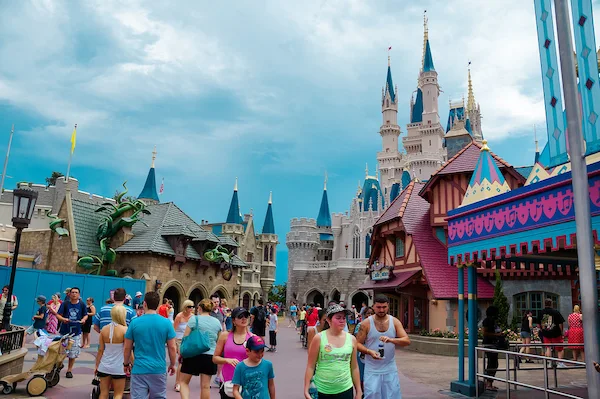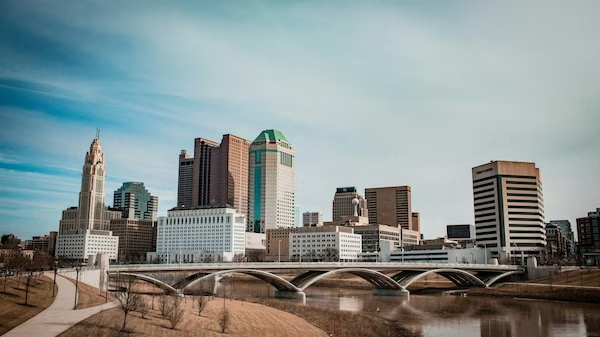
What happens when everyday people dig into a city’s balance sheet? In Columbus, it sparked a three-hour conversation—and maybe a shift in mindset.
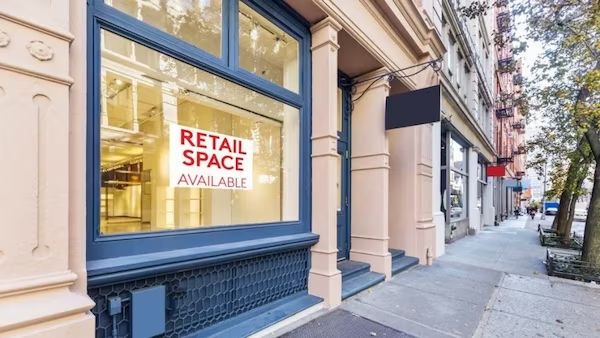
Instead of letting their commercial buildings sit empty, surely it would be better for landlords to lower the rent and got some use out of the building, right? Wrong. Here’s why.
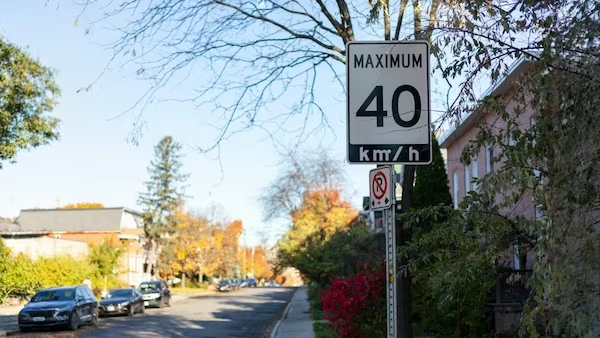
If you think cars are speeding down your residential street, you're almost certainly wrong. That doesn’t mean cars are moving at a safe speed, though.
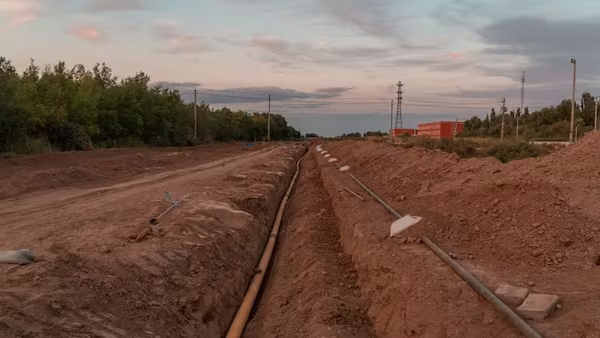
Programs that rely on federal subsidies eventually collapse—or hollow out in slow motion. That doesn’t mean we should fight harder to protect those subsidies. It means we should build towns that don’t need them.
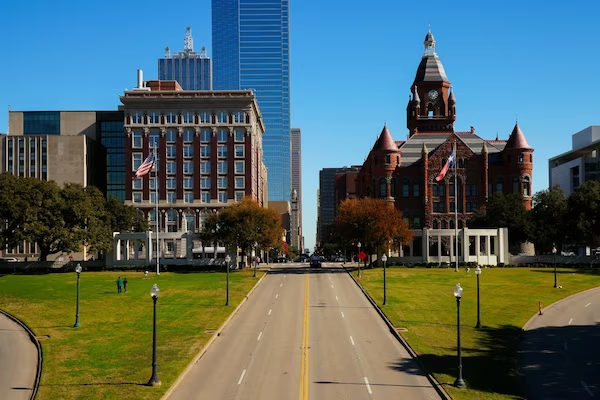
Relief for small businesses. A win for historic buildings. And room for more affordable housing. Dallas just scrapped a rule holding the city back since 1965.
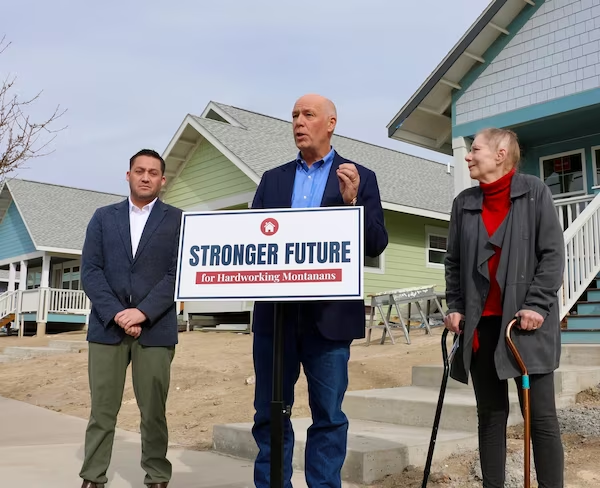
While many states grapple with housing shortages and affordability issues, Montana is proactively implementing policies to address these challenges head-on.
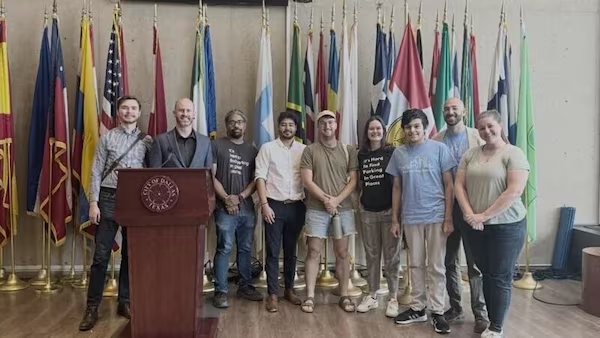
On Wednesday, the Dallas City Council passed sweeping parking reforms, making it easier to open businesses and build housing in the city.

Yuppies (young urban professionals) are fleeing the city—Diana Lind explains why it matters. This shift is reshaping housing markets and your local corner store.
.webp)
Pedestrian deaths dipped 2.6% in the first half of 2024 compared to 2023. But they're still higher than they were a decade ago. That tells us something isn't working.
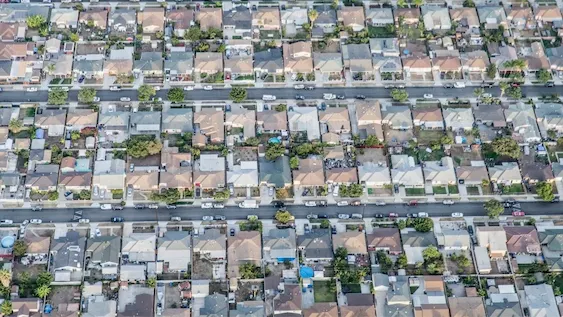
The problem isn’t that we haven’t sprawled enough. It’s that sprawl creates fragile places instead of resilient ones.

"I mean we can't have a structure. It's not a structure. It's a legally parked car. Just so happens people eat pizza in it."
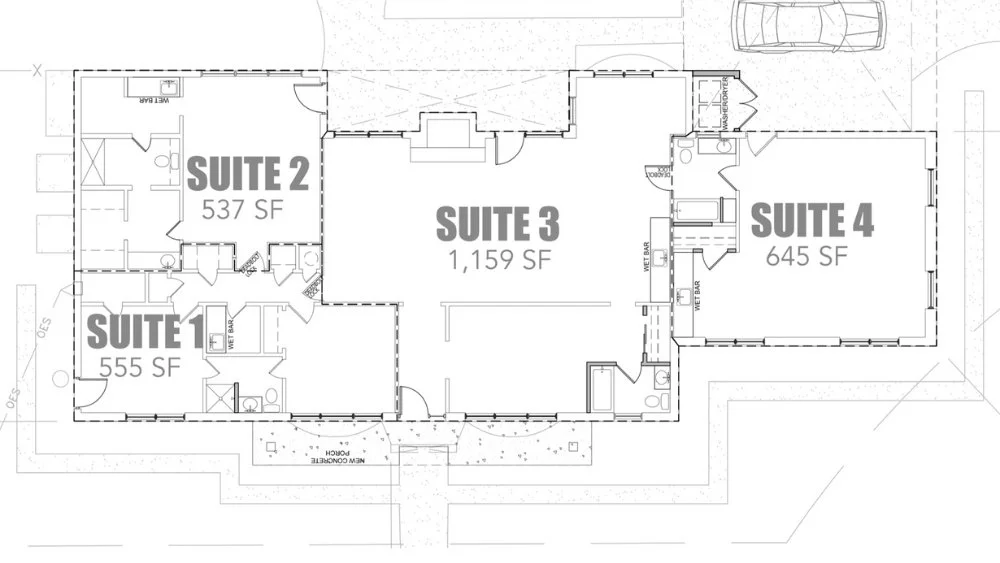
“It’s ridiculous that this kind of housing isn’t legal everywhere." How one Texas man is reimagining his single-family home.
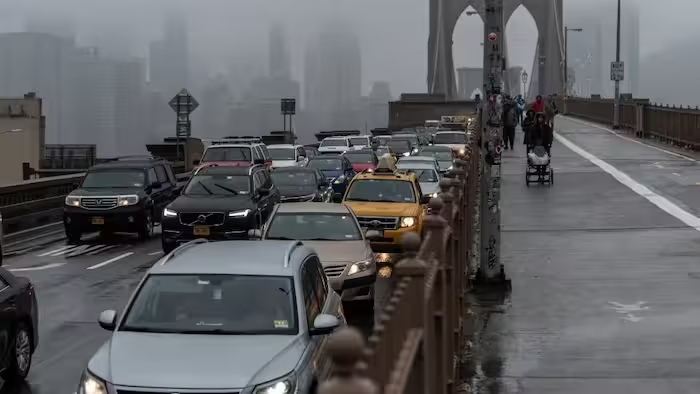
The Trump administration’s elimination of congestion pricing was shortsighted, but NYC’s congestion pricing was deeply flawed from the start. If congestion pricing is ever going to work as intended, it needs to be revamped with the right priorities.
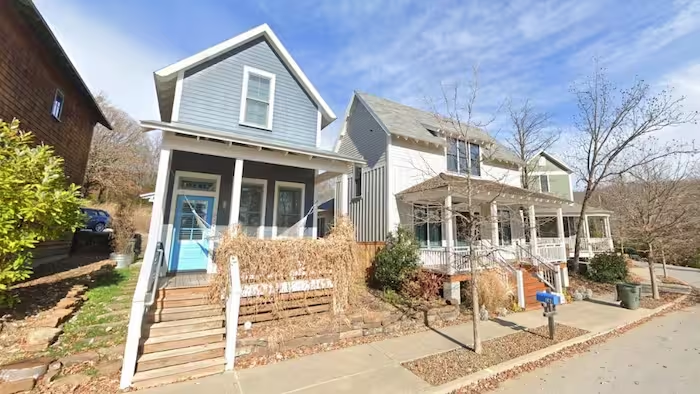
Reducing minimum lot sizes can unlock the potential for smaller, more affordable homes while meeting the needs of the community. Here’s how one developer got community support and multiplied housing availability.

The Federal Highway Administration has a chart full of answers to that question you might find useful.
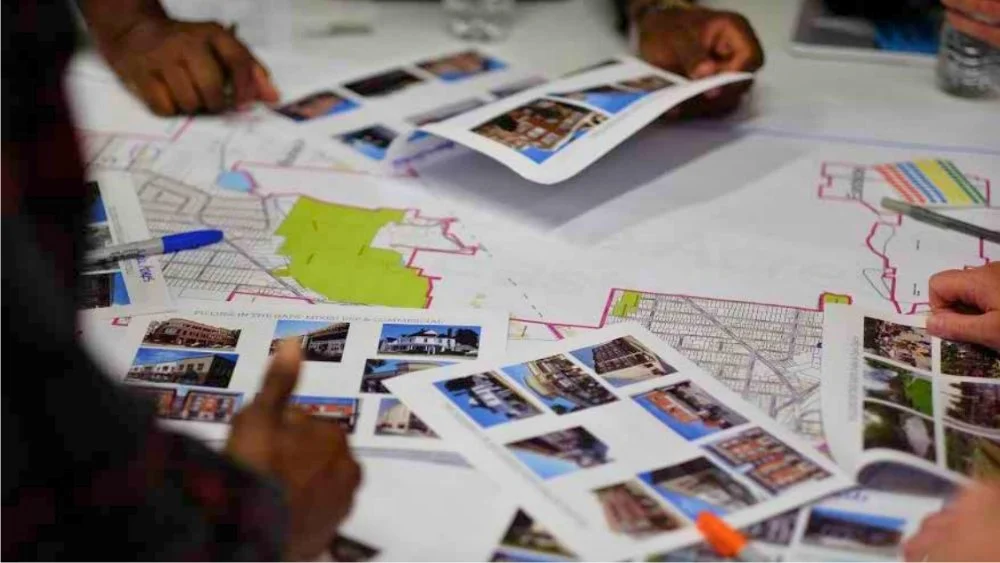
From “impossible” to “let’s see what we can do." This is how Rebekah Kik turned city hall into a launchpad for neighborhood-driven development.
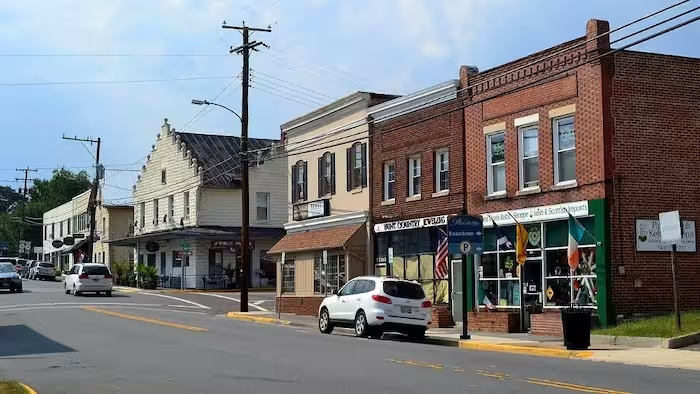
The Growth Ponzi Scheme encourages city governments to take on obligations they can never hope to sustain. Purcellville, Virginia, offers a stark example of where this path leads.
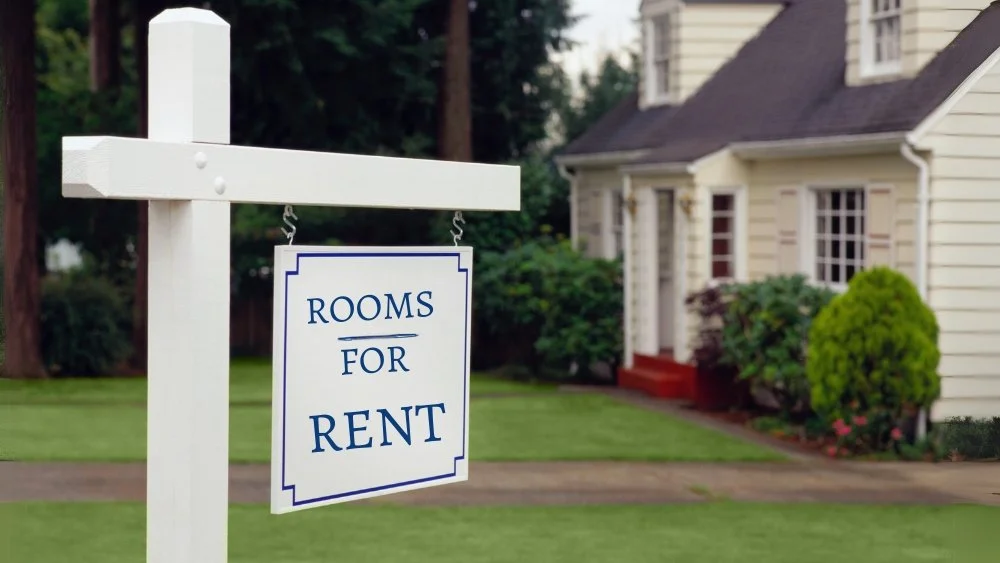
You love your house, where it's located, and your neighbors. But what if it's too big for you?
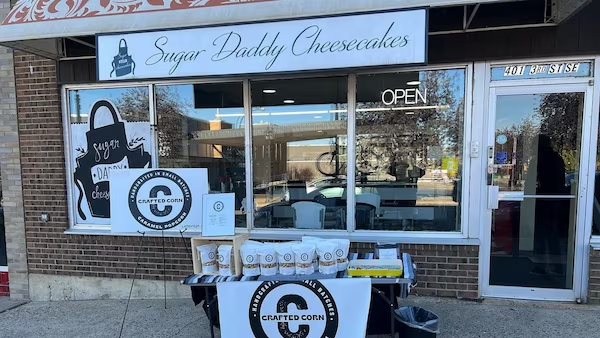
Conventional thought would tell us that the new commercial developments in a city should be the most productive compared to the older buildings downtown, but that’s not necessarily the case.
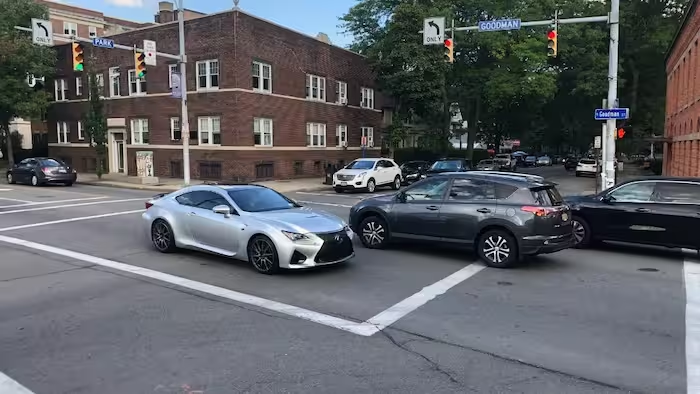
After a fatal crash, Rochester citizens and officials got to work, identifying factors that contributed to the crash, updating street design policies to make streets safer, and establishing a Community Traffic Safety Team to address other dangerous factors before crashes occur.

Incremental doesn’t mean slow. When every neighborhood can build a little, the whole country can build a lot.

This year, official inflation is up 2.6% while the Christmas Cookie Inflation Index rose by 6.2%. What does that mean?
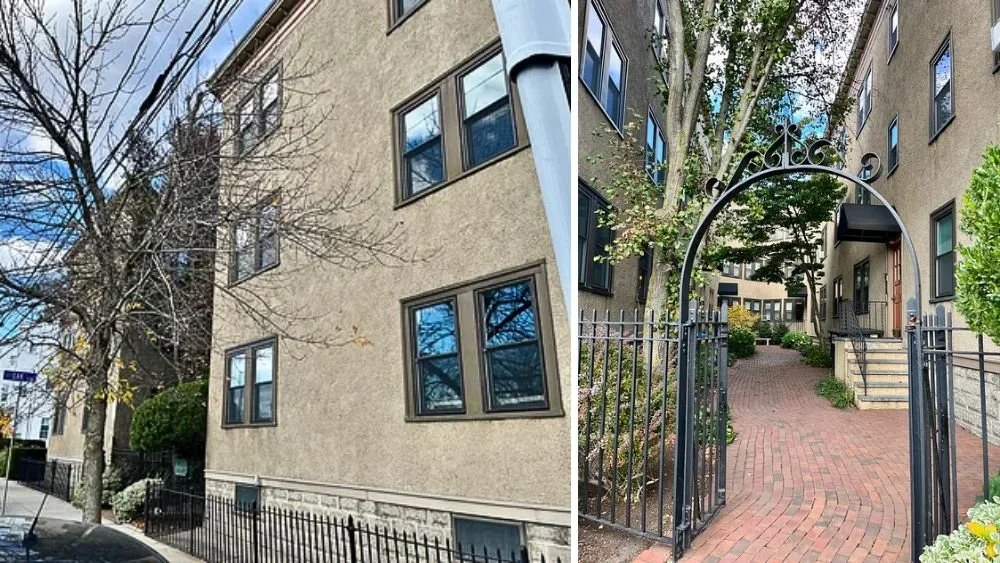
We assumed two stairwells made buildings safer. The numbers say otherwise.
